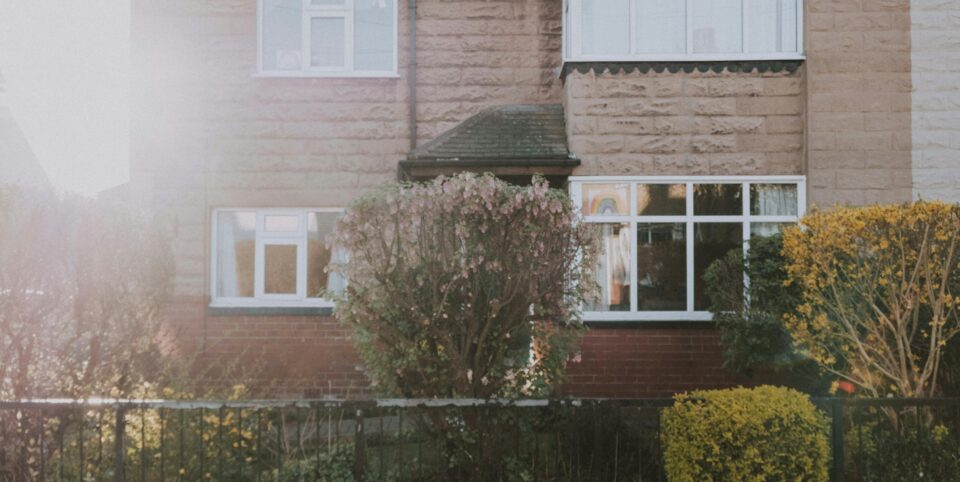Contact
020 4515 6728
info@ccameron.co.uk
Charles Cameron & Associates
Blackfriars Foundry
154-156 Blackfriars Road
London SE1 8EN
Dream home discovered
July 1, 2024
Information published was correct at the time of writing
Understanding the intricacies of leasehold property ownership.

You’ve discovered your dream home, and it’s classified as a ‘leasehold’. But what does this imply? Acquiring a leasehold property is a prevalent method of property ownership, particularly when purchasing an apartment. Leasehold signifies that you’ve acquired a property with a lease from the freeholder (also known as the ‘landlord’).
The freeholder is accountable for maintaining shared areas and ensuring the overall building remains in good repair. This arrangement spares you from disputes with neighbours over issues such as keeping communal areas clean, replacing stairwell lightbulbs or maintaining shared gardens.
RESPONSIBILITIES AND INSURANCE CONSIDERATIONS
While you won’t have to organise building insurance – that’s the freeholder’s responsibility – you will still be expected to contribute to the cost. However, you will be responsible for arranging contents insurance for your apartment.
UNDERSTANDING LEASE AGREEMENTS
When you buy a leasehold property, you’ll enter into a legal agreement with the freeholder known as a ‘lease’. This document stipulates how many years you’ll own the property. Leases are typically long-term – often 90 to 120 years, sometimes even as high as 999 years, but they can be shorter, such as 40 years.
The freeholder owns the building and the land it stands on. As a leaseholder, you’ll have a contract with the freeholder outlining the length of your lease in years and the legal rights and responsibilities of both parties.
MAINTENANCE, FEES AND RESTRICTIONS
The freeholder is usually responsible for maintaining communal parts of the building, like the entrance hall and staircases, as well as exterior walls and the roof. However, in some instances, existing leaseholders may have claimed the ‘right to manage’, making it your responsibility. As a leaseholder, you are required to pay maintenance fees, annual service charges and a share of the building’s insurance. You will typically also pay ground rent to the freeholder.
OBTAINING PERMISSION FROM THE FREEHOLDER
If you’re buying a leasehold property, you’ll need to obtain permission from the freeholder for significant building works. Your lease may also contain other restrictions, such as bans on pets and subletting, or requirements like having carpeted floors. Failure to comply with the terms of your lease could result in the freeholder forfeiting the lease and repossessing your home.
CAN I TRANSITION TO FREEHOLD OWNERSHIP?
When you invest in a leasehold property, it doesn’t have to remain under that status indefinitely. As a leasehold flat owner, you’re entitled to purchase the freehold of your building jointly with other flat owners in the same block.
This is a common practice, with numerous leaseholders banding together to transition their property status to freehold. However, to initiate this process, at least half of the leaseholders in your building must participate.
PROCESS OF FREEHOLD ACQUISITION
Upon the successful acquisition of the freehold, the following changes take place. You and your fellow participants will co-own the freehold, typically through a limited company owned and managed by the flat owners. Additionally, the new freeholders will issue each participant a long lease.
The benefits of owning the freehold are significant. You can set the ground rent, compare insurance policies for the best fit and generally exercise more control over your property.
PRECONDITIONS FOR FREEHOLD PURCHASE
Before buying a leasehold property and converting it to freehold, it’s essential to understand the eligibility criteria. You need to meet certain conditions, such as the building having at least two apartments.
Non-residential usage, such as shops or offices, should not exceed 25% of the freehold building. At least two-thirds of the apartments should be under the ownership of leaseholders who possess long leases.
Leaseholders who are interested in buying a share of the freehold should own at least half of the total number of flats in the building.
Don’t forget, our professional friendly advisors are on hand to support you and can help you explore all of your options.



